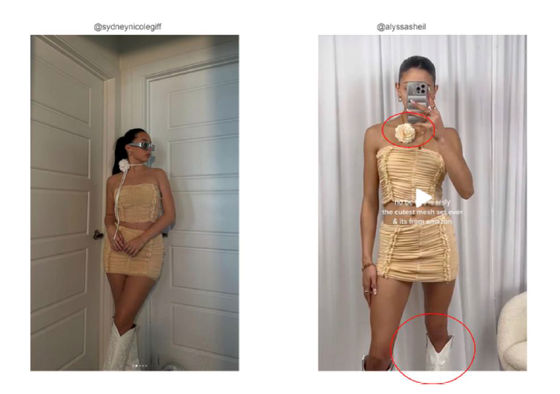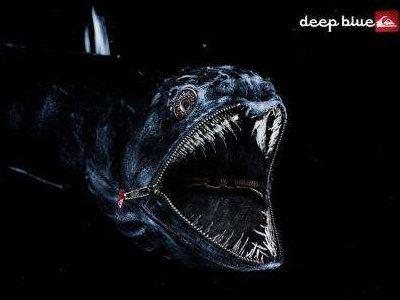What is the 'Sad Beige Lawsuit' in which an influencer sued another influencer for plagiarizing his post?

On social media and video sites, we often see 'copycat posts' where people copy funny posts or popular projects made by others. A case in which an American fashion influencer filed a lawsuit alleging that 'other influencers were coordinating outfits that copied my SNS posts' has attracted attention as it could have a major impact on the law regarding online content creation.
Does IP Law Protect Influencers' Aesthetics?-Gifford v. Sheil (Guest Blog Post) - Technology & Marketing Law Blog
What is the 'Sad Beige' Lawsuit? About the Social Media Copying Case
https://people.com/what-is-the-sad-beige-lawsuit-everything-to-know-8755030

In April 2024, Sydney Nicole Gifford, a 24-year-old fashion influencer, filed a lawsuit against Alyssa Sheil, a 22-year-old fashion influencer in the same genre. In her complaint filed in a district court in Texas, Gifford wrote, 'I have used multiple social media and e-commerce platforms, including TikTok and Instagram, to cultivate a 'unique brand identity', build trust with my followers, and promote a thoroughly researched 'thoughtful list of recommended products.' Sheil has copied my aesthetic, style, and captions and featured many of the same products.' The lawsuit is called the 'Sad Beige Lawsuit' because Gifford's allegedly imitated style was a 'sad beige aesthetic that does not use loud colors such as neutrals, beige, and cream.'
Gifford has filed eight lawsuits against Sheil, including for federal copyright infringement, indirect copyright infringement and violation of the Digital Millennium Copyright Act. The lawsuit is said to be the first of its kind to involve content similarities between influencers.
The images below are just a few of the examples of similar posts. Gifford's post on the left and Sheil's post on the right show the same mat, shot from different angles, paired with similar wallpaper and floor colors.

On August 5, 2024, Shail's lawyer denied all allegations in the lawsuit, saying they were 'born out of jealousy (of Shail's success).' According to the lawsuit, Gifford and Shail met around December 2022, and Shail blocked Gifford on Instagram and TikTok shortly after their collaboration. 'This made it easier for Shail to copy content without Gifford's knowledge,' Gifford claims. However, Shail's side claims that it was Gifford who asked questions about the content when they met in the past, and that Gifford was imitating Shail, who was younger and more successful. As for why he left Gifford alone, Shail said he thought 'imitation is the nature of the fashion and influencer industries' and 'did not file a groundless lawsuit claiming that he stole his ideas.'
According to law professor
However, a magistrate judge in the District Court for the District of Texas dismissed the claims for tortious interference with contract, unfair competition and unjust enrichment, but refused to dismiss the rest, and on December 10, 2024, ruled that Gifford's claim for indirect copyright infringement was sufficiently asserted.
The following image was pointed out as being particularly problematic. Below, Gifford is on the left and Sheil is on the right, and they are wearing the same items, not just the top and bottoms, but also the same necklace and boots. In this image, Sheil is wearing the same items as Gifford and is hiding her face with her smartphone when taking the selfie, which may have led the court to determine that she was trying to 'impersonate Gifford.'

The magistrate's report acknowledged that influencers had a direct financial benefit from their posts because the high views and engagement they received led to sales and commissions for the products they introduced. It also noted that posting copies of influencers' posts could be liable for both direct and indirect copyright infringement, and that followers could be found to be directly infringing Gifford's copyright simply by 'accessing, viewing, or downloading the infringing content.' According to Goldman, some lawyers speculate that 'the failure to dismiss the Sad Beige lawsuit, which focuses on copycat posts, could lead to a significant increase in similar lawsuits.'
Related Posts:
in Web Service, Posted by log1e_dh







